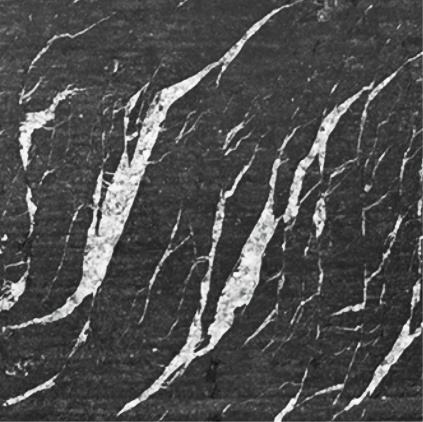Quantitative estimation of shear strain and volume change using sigmoidal tension gashes
Abstract
The aim of our study is to call attention to the potential of sigmoidal tension gashes to estimate shear strain and bulk volume change of shear zones. The formation mechanisms of en échelon vein arrays and tension gashes within shear zones as well as the developement of sigmoidal vein shapes are discussed in detail. A numerical method is presented that enables to define the shear strain and dilational components of shear zones. Two potential models of tension gash formation are discussed. In order to use the proper calculation method, it is essential to determine the formation mechanism of the particular tension gash arrays. For this purpose, a detailed guide is presented. The applicability of the methodology mentioned above is introduced on selected borehole samples from the Boda Claystone Formation (Mecsek Mts., BAF–2 well). The quantified values based on the different models are a) passive rotation model: shear strain γ = 0,74 and 0,73; bulk volume change -49% and -57%, b) folded bridge model: shear strain γ = 0,71 and γ = 0,63; bulk volume change -46% and -41%. Based on these shear strain and volume change values, we suppose that the studied shear zones of the BAF–2 well supported similar deformation. According to our criteria system, the investigated shear zones were formed by the folded bridge mechanism.
















